First particle successfully quantum teleported into space; are transporters next?

With quantum teleportation now occurring from Earth to satellites, how long is it before we can teleport a human being?
“There would be no Star Trek unless there were transporter malfunctions.”
–LeVar Burton
The idea of teleportation has been around in fiction and mythology for over a thousand years. While Star Trek may have made it mainstream and famous, it can be found in Shakespeare’s The Tempest, in the Aladdin story from The Arabian Nights, and even in the Jewish Talmud. However, modern science has failed to bring this science fiction dream into the real world, as the complexities of quantum mechanics have presented insurmountable obstacles. But for individual particles, quantum teleportation is very real phenomenon. For the first time, quantum teleportation has now occurred from the Earth to a satellite in space. But are transporters a real possibility? Let’s see what the science has to say.
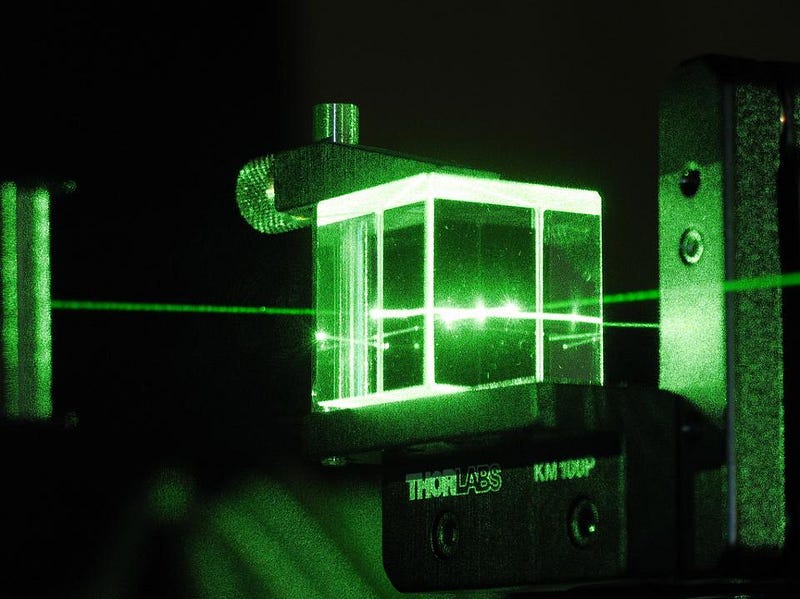
Envisioning a transporter in a world without quantum mechanics is awfully straightforward:
- You learn the positions, bonds, interactions and inherent motions of all the particles that make up your object.
- You take your original object apart and decompose it into the individual particles comprising it.
- You then either take all of those particles and move them to the destination, or you take the right number of identical, indistinguishable particles already at the destination and prepare for reassembly.
- With all that information intact, you then reassemble them, producing a cut-and-paste final version that’s identical to the original.
Unfortunately, our world has quantum mechanics, which makes things a lot more complicated.
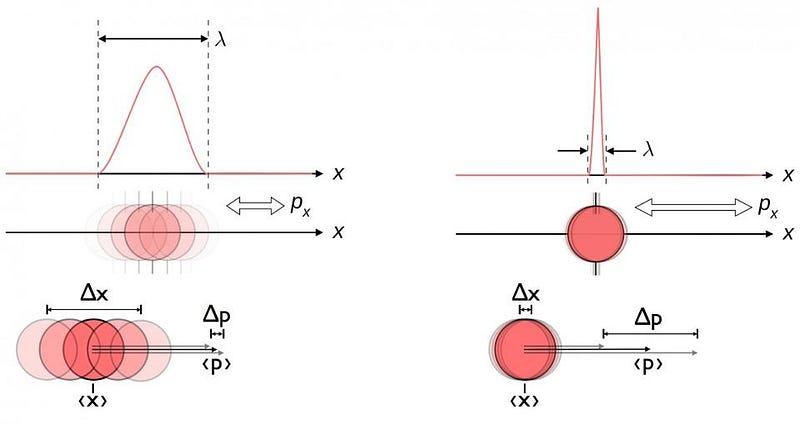
One of the most important, fundamental rules of the Universe is that there is an inherent uncertainty associated with knowing the position and momentum of any individual particle. The better you measure one of those quantities, the more ambiguous your knowledge of the other one gets. This principle is known as the Heisenberg uncertainty principle, and there’s no way around it. It’s impossible to know both the position and momentum of even one particle at the same time, much less multiple particles at once. Without that information, you have no way of knowing the quantum state of a particle, so it seems that a transporter would be impossible.
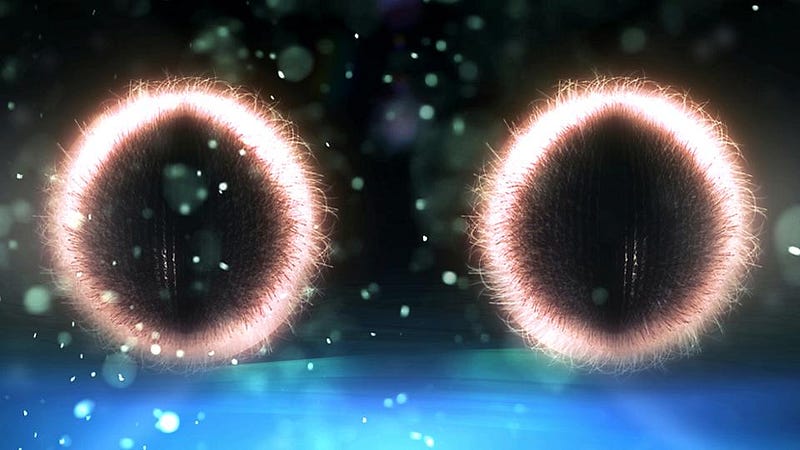
That’s where quantum teleportation comes in. Quantum teleportation is a real phenomenon, but doesn’t actually transport or teleport any particles themselves. Rather, what gets transferred from one place to the other is the information inherent to an indeterminate quantum state, which is exactly what you’d need to arrive at your destination! The way this works is through pairs of entangled particles. Take two entangled particles, send one to the desired destination, and you can use quantum teleportation to send information about the state at the source to the destination, even without knowing or determining the information about the source state at all.
This discovery, that you can move information about one state to another location, was made in 1993 by the team of Charles H. Bennett, Gilles Brassard, Claude Crépeau, Richard Jozsa, Asher Peres and William K. Wootters in their paper, “Teleporting an unknown quantum state via dual classical and Einstein-Podolsky-Rosen channels.”
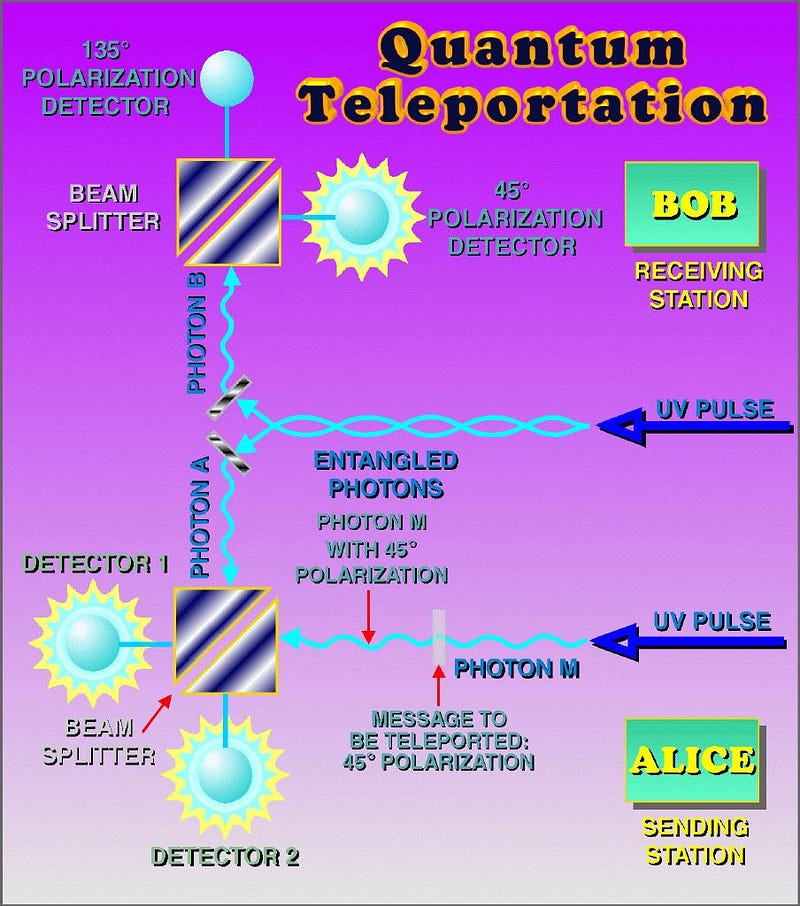
The phenomenon of quantum teleportation has been known for decades, and has been experimentally confirmed under many different circumstances. However, its utility has been limited:
- it only works on single particles;
- nothing material moves from place-to-place;
- the photons exchanged need to travel from the source to the destination;
- and they’re limited by how far you can transport a photon without losing your signal.
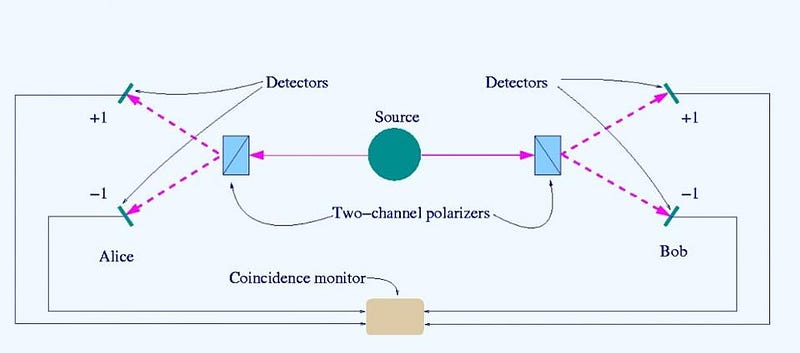
Previously, that limit meant that a few kilometers was as far as you could go. Faithfully transferring the information from an unknown quantum state to another location is a tremendous capability, but it was too limited in range to, say, ever reach a spaceship. But that’s why the new advance is so spectacular. By establishing a channel link from Earth to a satellite, most of the transport is through empty space, so there’s virtually no loss-of-signal. As the new publication reports:
We report the first quantum teleportation of independent single-photon qubits from a ground observatory to a low Earth orbit satellite — through an up-link channel — with a distance up to 1400 km.
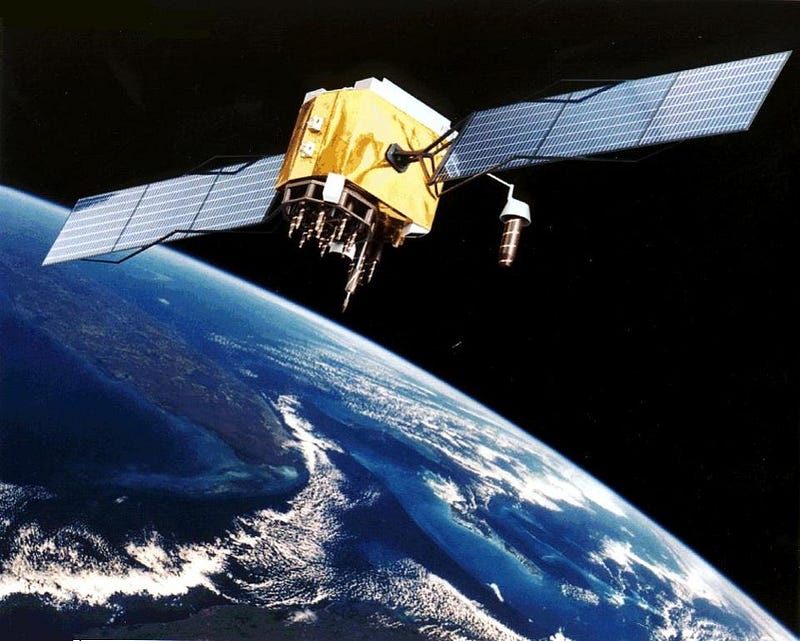
With enough photons, there’s no reason to believe you couldn’t encode the information contained in the ultimate macroscopic combination of quantum states: an entire living being. Unfortunately, having the information to encode a human being and practically being able to construct a living being out of a raw set of particles are two entirely different matters. The challenge we have no way of meeting, at the current time, is reconstructing that matter in the end state. Knowing what the information state of a human being is — including all their component particles — is one matter, but reconstructing that human being is quite another thing entirely.
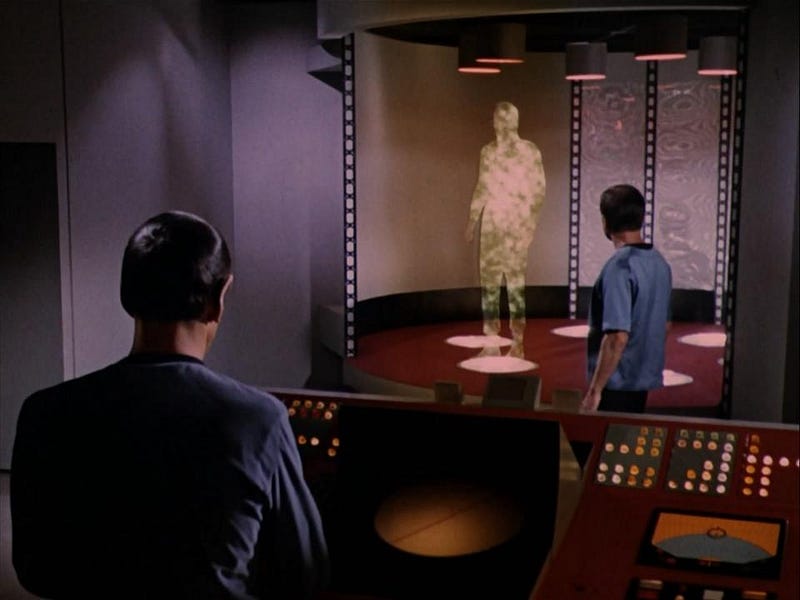
If we’re lucky, using quantum teleportation, a single particle transferred could encode enough information to tell you what you need to know about a single particle in a human. But the situation could get more complicated very quickly, as Chad Orzel notes:
There are something like a hundred billion neurons in a human brain, and about a hundred trillion connections between them. That’s about 2^100,000,000,000,000 possible states to worry about, or roughly 10^30,000,000,000,000. That’s considerably more states than there are particles in the known universe, and if you need one entangled pair to teleport each of those (as a ballpark estimate), well, let’s just say the odds aren’t very good.
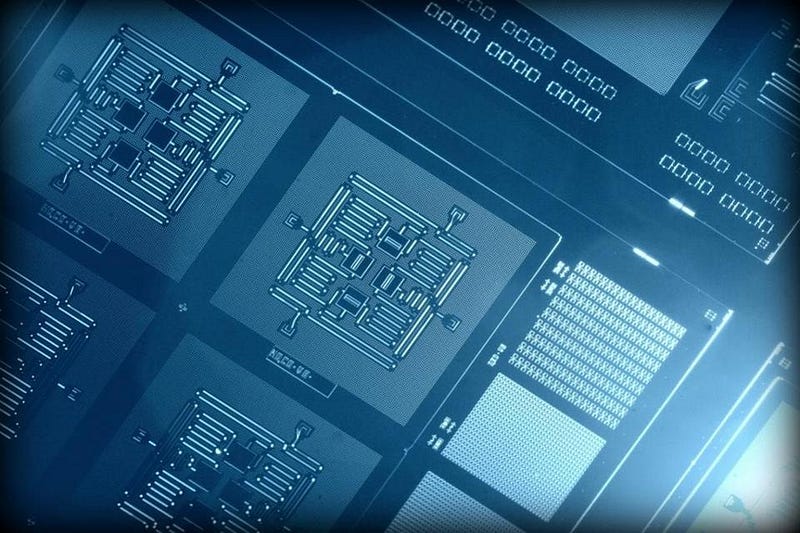
This new advance could, potentially, be incredibly useful or even revolutionary in constructing a quantum internet, which would take computing power to a whole new level. But to transport a living human being would require transporting a whole lot more than just the information encoding a person. The information problem may, in fact, be a solvable one, if we can boil it down to “only” requiring the same number of particles that make up a human being. But to construct an entire human being from scratch — to say nothing about whether that human being at the destination is even the same person as the one you began with at the source — is a different problem entirely. Until we have a solution to that, a Star Trek-style transporter, even though it’s heavily featured in my upcoming book, Treknology, is as far off in the realm of science fiction as it’s ever been.
Ethan Siegel is the author of Beyond the Galaxy and Treknology. You can pre-order his third book, currently in development: the Encyclopaedia Cosmologica.





